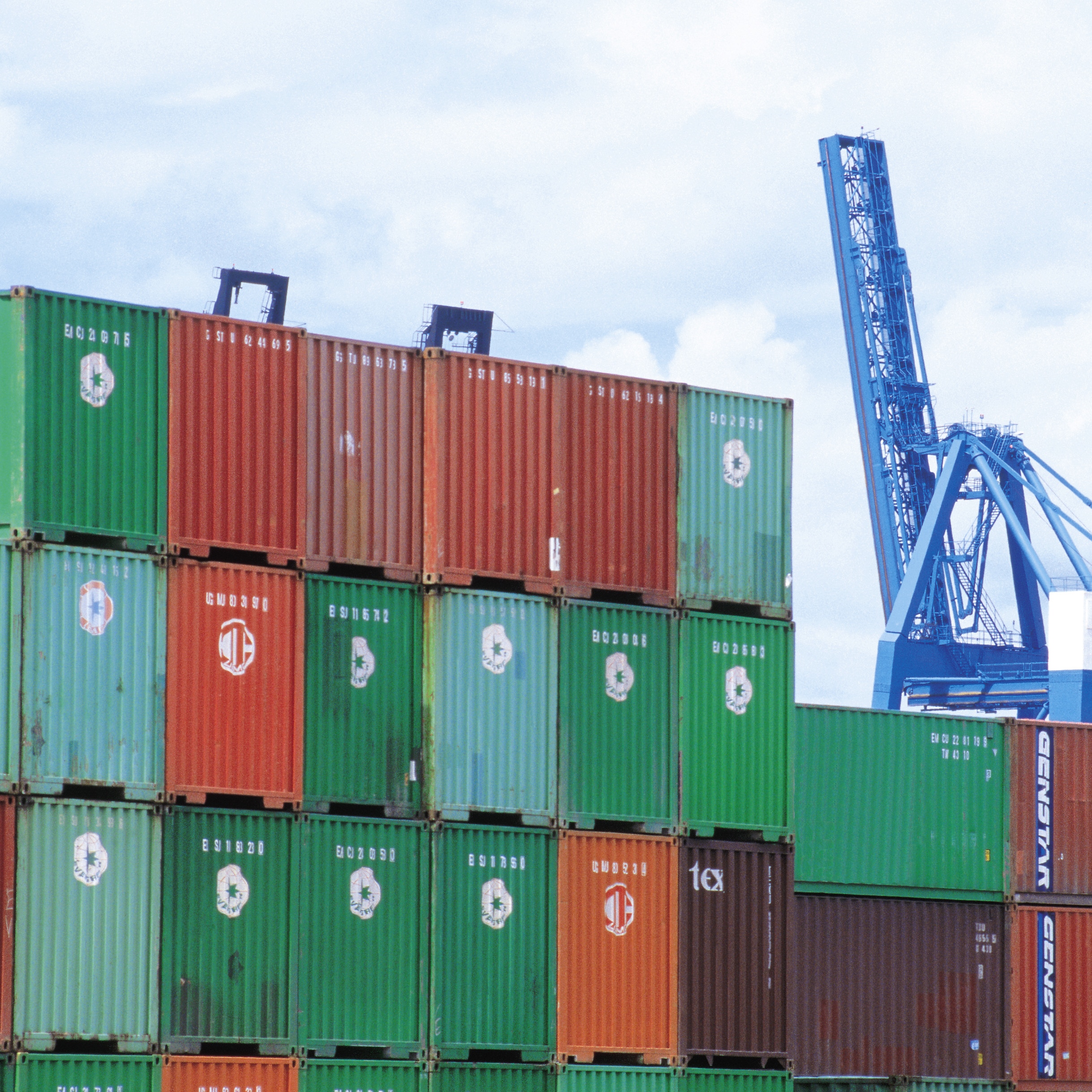Economy
FOMC Target Inflation Rate Shows Up in Import & Export Prices

Published:
Last Updated:

When it comes to inflation, the U.S. Federal Reserve has had a hard time seeing prices rise in its 2.0% to 2.5% target range. Though consumer prices and producer prices have been running below 2.0% for the most part, it turns out that the prices of imports and exports were both above 2.0% in the month of August.
Some of this may get tied to a weaker dollar, which makes U.S. goods and services more attractive in local currency terms in foreign nations, allowing for solid price support here. And as far as the currency impact in imports, a weaker U.S. dollar makes foreign goods more expensive.
The Bureau of Labor Statistics (BLS) reported a 0.6% monthly gain in import prices. This is just the monthly reading of course, but it follows three consecutive monthly reports of decline. August’s gain was also the largest advance since the import price index rose 0.6% back in January. The BLS blamed higher import prices for both fuel and nonfuel for the rise.
The BLS report did have a special note showing that Hurricane Harvey actually had no impact. The report said:
Hurricane Harvey did not impact the collection of the import and export price index data for August because the reference period for the data is the first week of the month.
Where the 2.0% to 2.5% Fed inflation target comes into play is in the annual readings. This is how real inflation gets measured, and prices of imports and exports were both up over the 2.0% threshold that would justify additional rate hikes. It may even justify the Fed’s impending efforts to begin shrinking its massive $4.5 trillion balance sheet.
U.S. import prices were up 2.1% in August when compared to August of 2016. The price index for import fuel increased 15.0% year over year, led by a 15.8% rise in petroleum and just a 0.1% gain in natural gas prices.
Fuel prices increased 4.2% in August. Prior to August, prices for import fuel fell 8.3% between February and July. The BLS noted here that August’s advance was driven by a 4.8% gain in petroleum prices being more than enough to offset a 5.7% drop in natural gas prices.
If you look at all import prices outside of fuel, the gain was just 0.3% in August’s month over month reading, and it was up just 1.0% over August of 2016. Price gains were seen in nonfuel industrial supplies, materials prices, foods, feeds and beverages.
Export prices were up 0.6% in August’s monthly reading, matching the same gain in July. The August advance reading was the largest monthly rise since the index rose by 0.8% in June 2016. Still, on annualized reading that gain in export prices was up 2.3%, with agricultural export prices and nonagricultural export prices contributing to the annual gains. The BLS said of exports:
The price index for nonagricultural exports advanced 2.4 percent for the year ended in August, led by rising nonagricultural industrial supplies and materials prices.
The Federal Reserve already has started its two-day FOMC meeting, and the results will be announced Wednesday at 2:00 p.m. Eastern. The official inflation rates may still be subdued on the consumer and producer prices domestically, but the weaker dollar versus a year ago seems to be starting to show up in the international trade prices.
Stay tuned.
The average American spends $17,274 on debit cards a year, and it’s a HUGE mistake. First, debit cards don’t have the same fraud protections as credit cards. Once your money is gone, it’s gone. But more importantly you can actually get something back from this spending every time you swipe.
Issuers are handing out wild bonuses right now. With some you can earn up to 5% back on every purchase. That’s like getting a 5% discount on everything you buy!
Our top pick is kind of hard to imagine. Not only does it pay up to 5% back, it also includes a $200 cash back reward in the first six months, a 0% intro APR, and…. $0 annual fee. It’s quite literally free money for any one that uses a card regularly. Click here to learn more!
Flywheel Publishing has partnered with CardRatings to provide coverage of credit card products. Flywheel Publishing and CardRatings may receive a commission from card issuers.
Thank you for reading! Have some feedback for us?
Contact the 24/7 Wall St. editorial team.